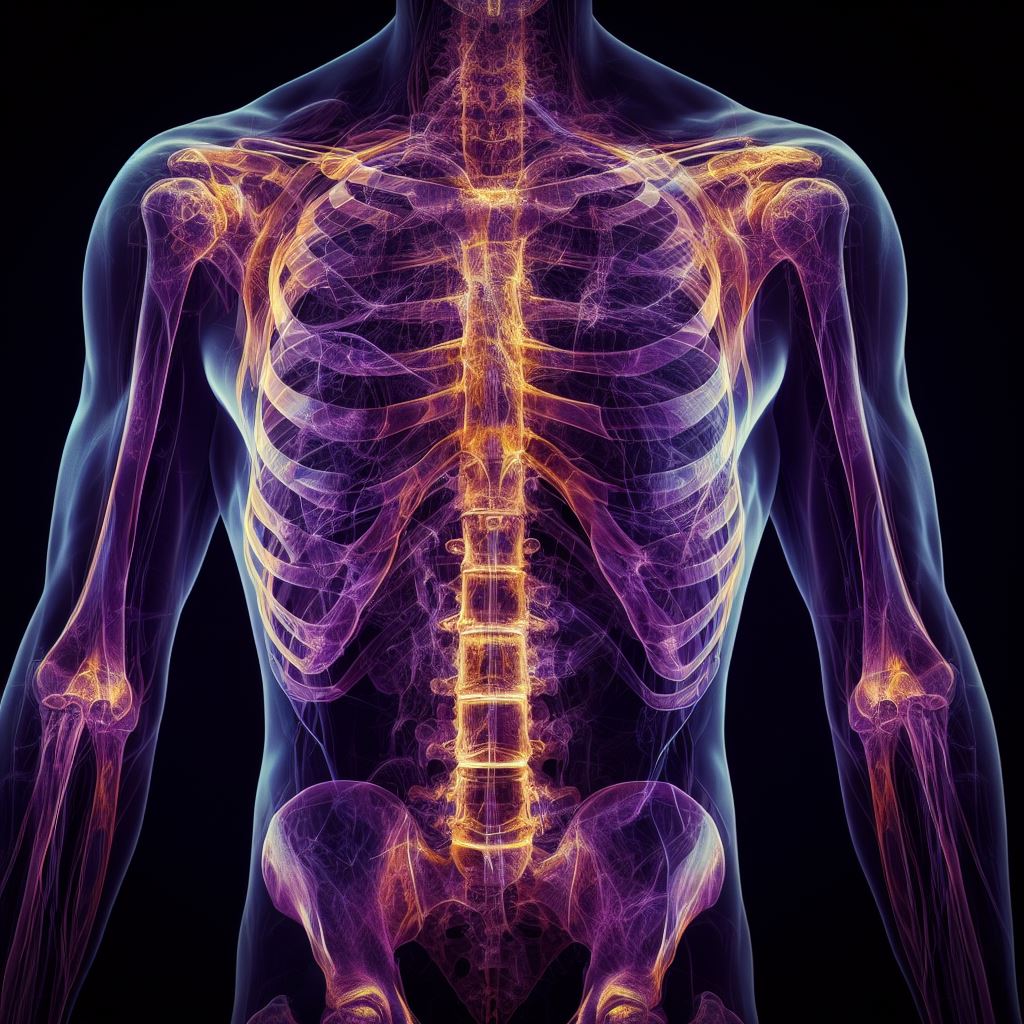
The Skeletal System – (in Paper 1)
Use these ‘I can’ and ‘I know’ statements to focus your learning and revision.
After taking the quiz in this section you should have a very good understanding of the concepts involved. Use the statements below to check your knowledge and understanding.
- I know the location of the cranium
- I know the location of the scapula
- I know the location of the sternum
- I know the location of the vertebrae
- I know the location of the fibula
- I know the location of the femur
- I know the location of the radius
- I know the location of the ribs
- I know the location of the humerus
- I know the location of the ulna
- I know the location of the pelvis
- I know the location of the patella
- I know the location of the tibia
- I know the location of the talus
- I can identify the bones at the neck
- I can identify the bones at the shoulder
- I can identify the bones at the chest
- I can identify the bones at the elbow
- I can identify the bones at the hip
- I can identify the bones at the knee
- I can identify the bones at the ankle
- I can explain the skeleton’s role in movement
- I can apply movement to performance in physical activity
- I can explain the skeleton’s role in shape of the body
- I can apply shape to performance in physical activity
- I can explain the skeleton’s role in support
- I can apply support to performance in physical activity
- I can explain the skeleton’s role in protection
- I can apply protection to performance in physical activity
- I can explain the skeleton’s role in mineral storage
- I can apply mineral storage to performance in physical activity
- I can explain the skeleton’s role in blood cell production
- I can apply blood cell production to performance in physical activity
- I know the names of the three types and shapes of bones
- I know the function of short bones
- I know the function of long bones
- I know the function of flat bones
- I know what a joint is
- I can explain how movement takes place at a joint
- I can explain how different joint types allow different types of movement